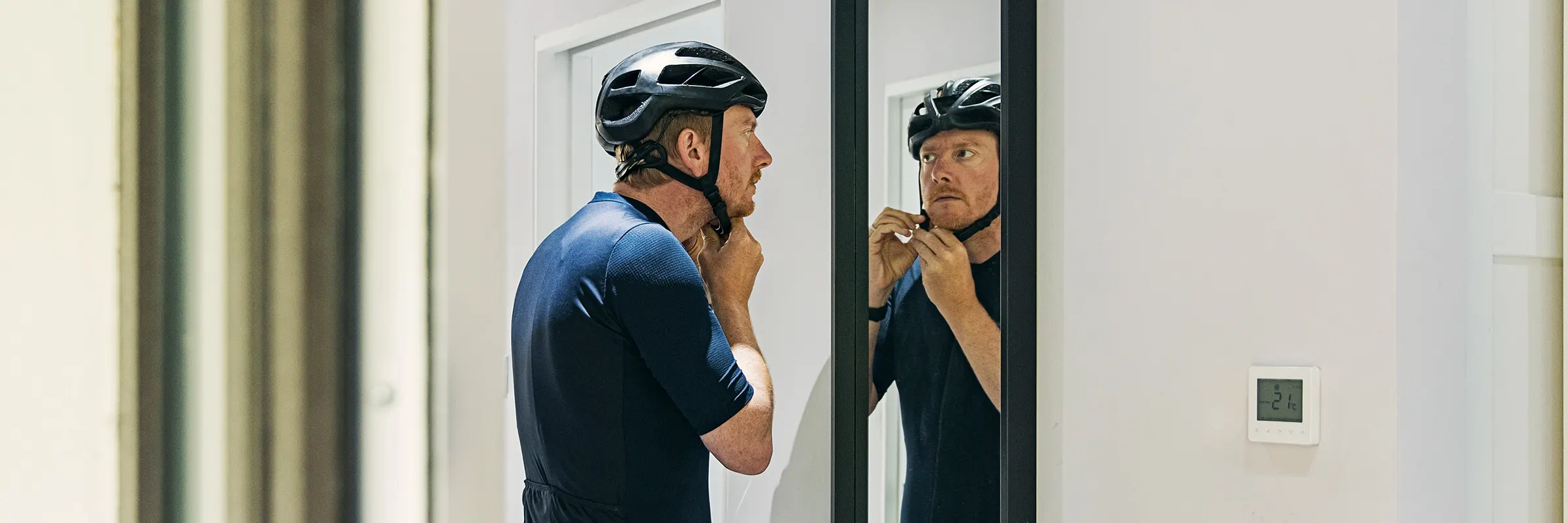What we'll cover
What a recession is
Three potential recession indicators
The self-fulfilling prophecy of recessions
The debate about whether a recession is on the horizon can feel almost constant. Experts are always keeping an eye on the economy, markets and other factors to try and predict the next big moves.
What is a recession, exactly?
In technical terms, a recession is a contraction or significant decline in the economy that lasts for more than a few months.
Because economists need several months of data to determine whether a true recession is occurring, they often aren’t officially declared until multiple months into a downturn.
Many recession-related signals relate to your ability and willingness to spend money.
Reduced consumer spending
Many recession-related signals relate to your ability and willingness to spend money. That’s because consumer spending is one of the biggest factors that fuels economic growth. When people spend less than they normally do across the board, the economy feels it.
The U.S. Bureau of Economic Analysis tracks consumer spending and regularly shares what is called personal consumption expenditures (PCE) data — a fancy name for measuring how much people spend on goods and services. By reviewing monthly, quarterly or annual PCE data, you can identify potential macro increased or decreased spending trends.
Increased unemployment rates and length of unemployment
One of the biggest factors that economists look at to determine whether we’re headed toward (or already in) a recession is unemployment rates. If an increasing number of businesses are forced to close their doors or lay off employees to stay afloat, this can lead to fewer employment opportunities and increased financial strain on workers.
Similarly, another data point for getting a pulse on employment is initial jobless claims – a measure of the number of people filing for unemployment insurance right after losing a job. By keeping an eye on weekly continuing claims, which measures those that continue to file weekly to receive benefits (beyond the first week) because they remain out of work, you can glean a greater understanding of how long it’s taking people to find new work. If people are unemployed for only a short timeframe, that’s a good sign. On the other hand, if continuing claims are on the rise, this may be a reflection that folks are struggling to find new employment.
Lower income and/or higher inflation rates
You have to have money to spend it. When an individual’s income is reduced due to job loss or fewer work hours, it can be assumed that their spending will decrease as well. Along the same lines, if inflation is outpacing income growth rates, you may feel like you have less money to spend. Both of these factors lead people to reserve spending for the necessities, such as food, shelter and utilities and pull back on discretionary spending — things like clothes, entertainment and travel.
Be recession ready
Spending, employment and income are key factors in determining whether we have a recession or not. But you don’t have to sit around and wait for an official recession declaration to get an idea of the state of the economy. By keeping your finger on the pulse of Americans’ spending habits, you can stay in the know and make more informed spending and saving decisions for yourself.



